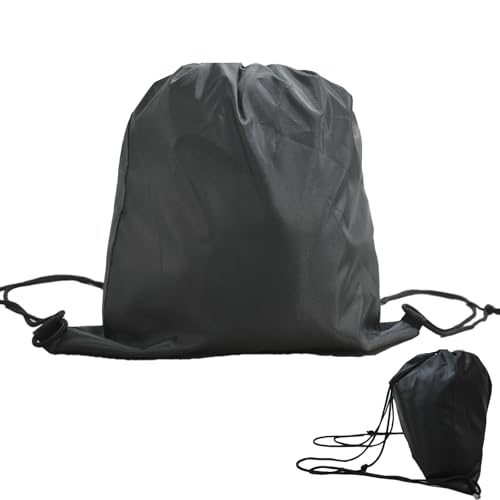So my question is How do I become a better more confident rider?Thanks in advance for your comments.
There are three things involved in becomming a better rider: you, the bike, and the road.
You're already working on the 'you' part (good).
The bike -- the FJR (good as it is) may not be the best platform for learning the skills necessary for rider improvement? Maybe still a little too intimidating for some? An already highly skilled rider will take to the FJR like a duck to water -- but, learning those skills may require a different/smaller/sportier/lighter/less intimidating motorcycle?
The road -- yep, you've already figured out where to ride to learn the essentials.
Now just add T.O.M. (Time On Motorcycle) and you'll probably be progressing nicely in your studies.

An anecdote: My SO had ridden most of her life (mostly on large-ish touring/standard type bikes) and had skills that allowed her to ride confidently in many areas but not enjoy motorcycling to its fullest. Eventually, fate contrived to get her on a mountain canyon road (Cimmaron Canyon) on a nice day on the right bike (Kawi 250 Ninja). At the end of that day she exclaimed, "Now I understand." And I'm sure she's never looked back and has enjoyed the "Sport" of motorcycling differently since.
Good luck, and you're welcome.































































